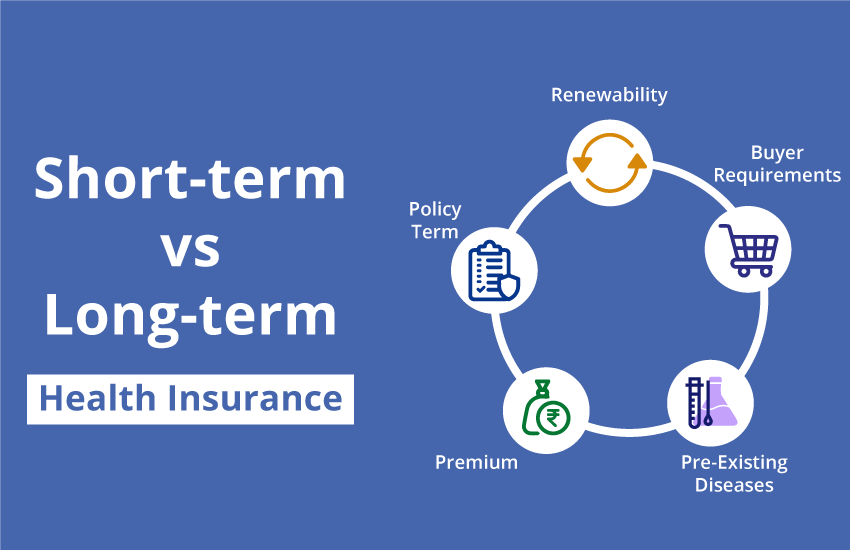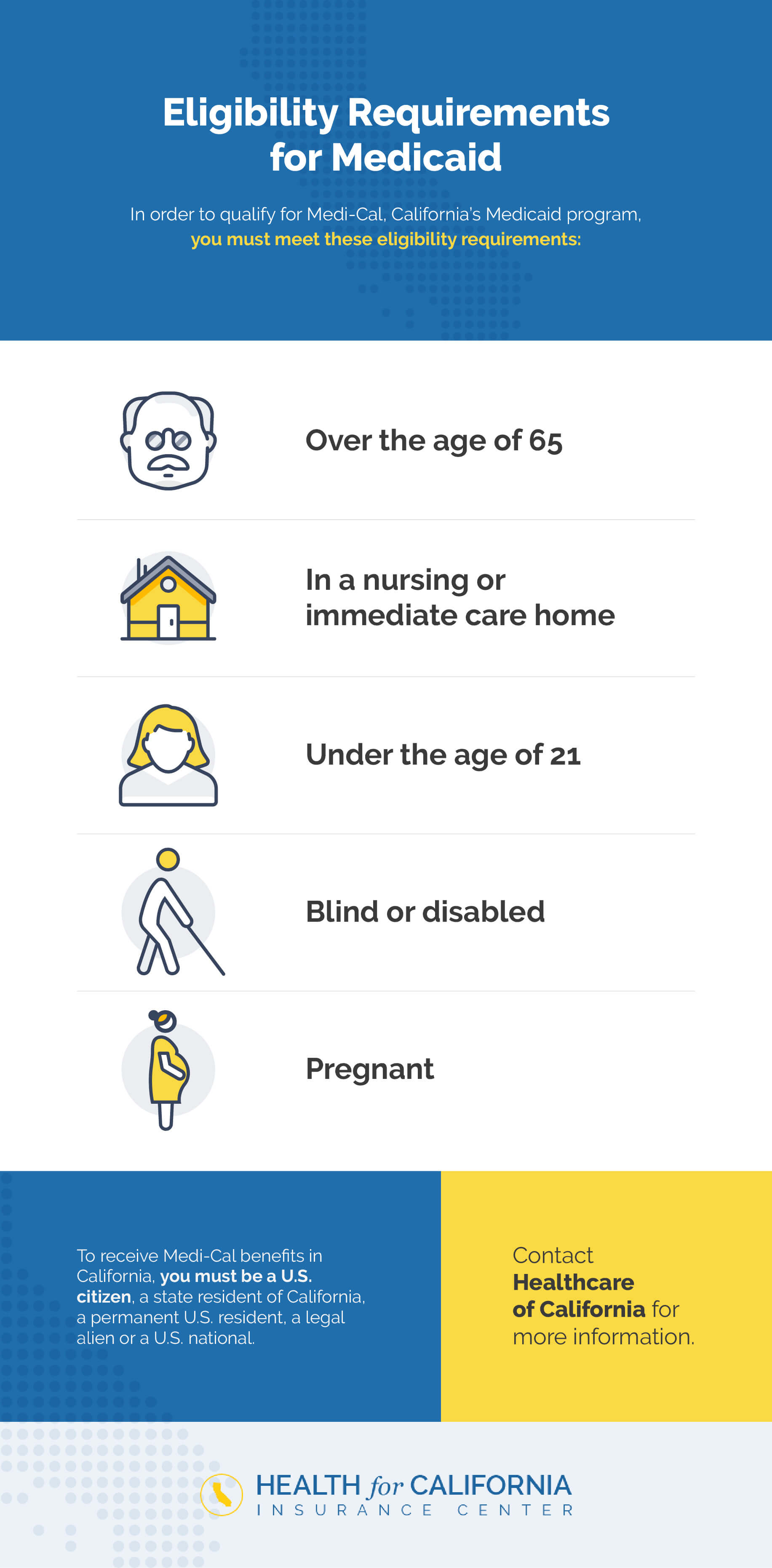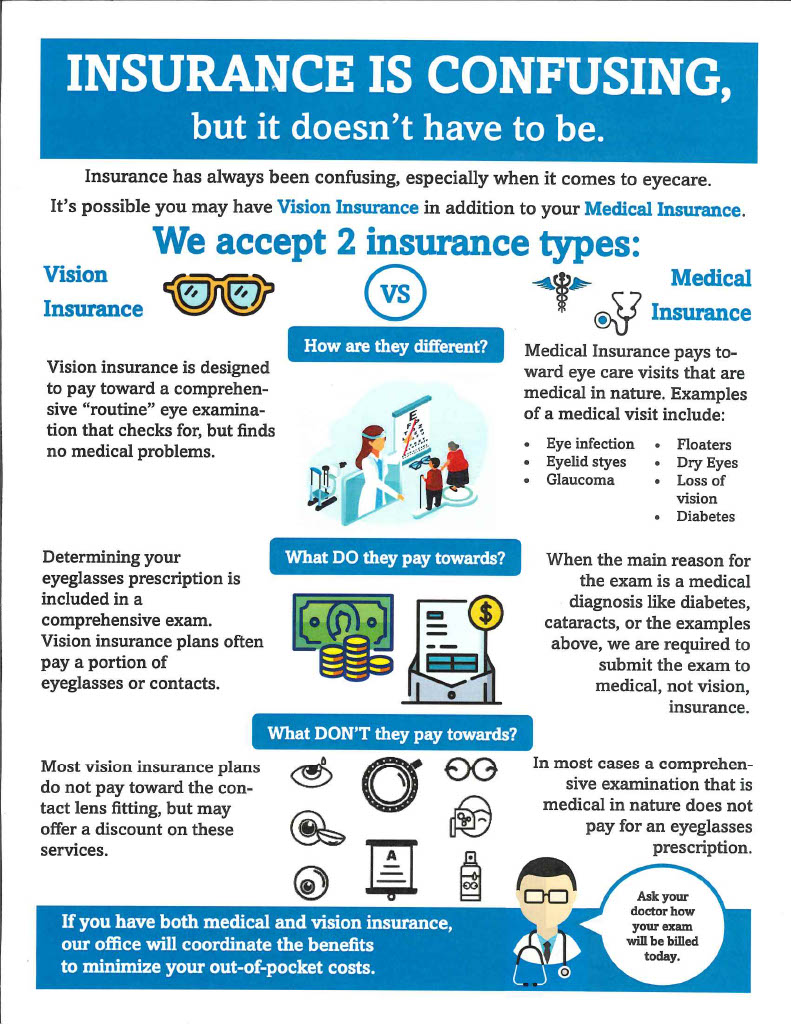What Does Medicare Advantage Agent Do?
Table of Contents5 Simple Techniques For Medicare Advantage AgentA Biased View of Medicare Advantage AgentMedicare Advantage Agent Things To Know Before You Buy

adheres to from perplexing the fairly young age profile of the uninsured with the better health and wellness, usually, of more youthful individuals. This covers the web link between wellness standing and medical insurance. For those without access to work environment wellness insurance coverage, bad health is a potential obstacle to acquiring nongroup protection because such protection may be very priced, leave out pre-existing conditions, or be merely unavailable. The number of uninsured Americans is not specifically big and has not altered over the last few years. 7 out of ten respondents in a country wide representative study thought that less Americans did not have medical insurance than in fact do(Fronstin, 1998). Roughly fifty percent(47 percent )thought that the variety of individuals without health and wellness insurance policy reduced or continued to be continuous over the last half of the last years(Blendon et al., 1999). This decline of practically 2 million in the number of people 'without insurance policy (a reduction
of around 4 percent)is definitely a favorable change. With a softer economic situation in 2000 the most current reported gains in insurance policy protection may not proceed(Fronstin, 2001 ). The decrease in the variety of uninsured will certainly not proceed if the economic situation continues to be slow-moving and health treatment costs continue to exceed rising cost of living. This is because the data were gathered for a period of strong financial efficiency. Of the approximated 42 million individuals that were uninsured, just about about 420,000(regarding 1 percent)were under 65 years of age, the age at which most Americans end up being eligible for Medicare; 32 million were grownups in between ages 18 and 65, about 19 percent of all grownups in this age; and 10 million were children under 18 years of age, regarding 13.9 percent of all kids (Mills, 2000). These quotes of the variety of individuals uninsured are generated from the annual March Supplement to the Existing Populace Study (CPS), performed by the Demographics Bureau. Unless or else noted, national quotes of people without health insurance policy and proportions of the population with various sort of coverage are based on the CPS, the most commonly utilized resource of quotes of insurance coverage and uninsurance rates. These surveys and the estimates they generate are described briefly in Table B. 1 in Appendix B - Medicare Advantage Agent. These studies vary in size and tasting approaches, the questions that are asked regarding insurance policy
Get This Report about Medicare Advantage Agent
coverage, and the moment duration over which insurance protection or uninsurance is determined(Lewis et al., 1998, Fronstin, 2000a ). Still, the CPS is particularly useful because it generates annual estimates fairly quickly, reporting the previous year's insurance coverage approximates each September, and since it is the basis for a regular set of price quotes for more than 20 years, enabling analysis of patterns in protection over time.

Not known Factual Statements About Medicare Advantage Agent
Over a three-year period beginning early in 1993, 72 million individuals, 29 percent of the united state population, lacked coverage for at the very least one month. Within a solitary year(1994), 53 million individuals experienced at the very least a month without insurance coverage(Bennefield, 1998a). 6 out of every ten uninsured adults are themselves used. Functioning does improve the likelihood that one and one's household members will have insurance policy, it is not an assurance. Also participants of families with 2 full time wage earners have almost a one-in-ten opportunity of being uninsured (9.1 percent uninsured price)(Hoffman and Pohl, 2000 ). The partnership between medical insurance and access to care is well developed, as documented later on in this chapter. Although the partnership between wellness insurance coverage and health and wellness results is neither straight nor simple, a comprehensive professional and health and wellness solutions research literature links wellness insurance coverage
to better accessibility to care, much better high quality, and boosted individual and populace health status. For instance, the second report, on personal health and wellness results for go to these guys uninsured adults, is represented by the innermost circle of the number, while the third report, on family members wellness, incorporates the topics of the 2nd report however highlights a different system of evaluation, specifically, the household. The sixth report in the collection will certainly present details concerning approaches and efforts carried out locally, statewide, or country wide to deal with the lack of insurance policy and its negative effects. Degrees of evaluation for examining the effects of uninsurance. This conversation of medical insurance coverage concentrates largely on the U.S. population under age 65 since virtually all Americans 65 and older have Medicare or various other public insurance coverage.
Additionally, it concentrates especially on those without any type of medical insurance for any length of time. The problems dealt with by the underinsured remain in some areas comparable to those dealt with by the without insurance, although they are normally less extreme. Uninsurance and underinsurance, however, involve noticeably various plan problems, and the methods for resolving them might vary. Throughout this research and the 5 records to adhere to, the main focus gets on persons without wellness insurance policy and thus no aid in paying for wellness treatment past what is available via charity and safeguard establishments. Medical insurance is a powerful factor affecting invoice of treatment due to the fact that both patients and doctors reply to the out-of-pocket cost of services. Medical insurance, nonetheless, is neither necessary neither adequate to access to clinical solutions. Nevertheless, the independent and straight result of wellness
insurance protection on accessibility to health solutions is well developed. Others will certainly acquire the health treatment they need also without medical insurance, by spending for it expense or seeking it from carriers who offer treatment complimentary or at highly subsidized prices. For still others, wellness insurance Homepage coverage alone does not ensure receipt of care due to other nonfinancial obstacles, such as a lack of wellness care providers in their neighborhood, limited accessibility to transportation, illiteracy, or linguistic and social differences. Formal study about uninsured populaces in the USA dates to the late 1920s and early 1930s when the Committee on the Cost of Medical Treatment created a collection of reports regarding funding doctor workplace sees and hospitalizations. This problem became salient as the numbers of clinically indigent climbed up during the Great Clinical depression. Empirical researches consistently sustain the link in between accessibility to care and improved health and wellness outcomes(Bindman et al., 1995; Starfield, 1995 ). Having a normal resource of treatment can be thought about a predictor of gain access to, instead than a straight step of it, when wellness end results are themselves used as accessibility signs. This expansion of the concept of accessibility measurement was made by the IOM Committee on Checking Accessibility to Personal Healthcare Provider(Millman, 1993, p. Whether parents are insured appears to affect whether or not their children obtain care along with just how much careeven if the kids themselves have coverage(Hanson, 1998). The health and wellness of parents can influence their ability to care for their children and the degree of family members stress. Bothering with their children's accessibility to care is itself a resource of anxiety for moms and dads. 3 chapters follow in this record. Phase 2 gives a review of how employment-based medical insurance, public programs and individual insurance coverage operate and interact to supply considerable however insufficient insurance coverage of the united state population. This includes a review of historical fads and public plans influencing both public and personal insurance coverage, a discussion of the communications among the different sorts of insurance coverage, and an evaluation of why people relocate from one program to one more or wind up
